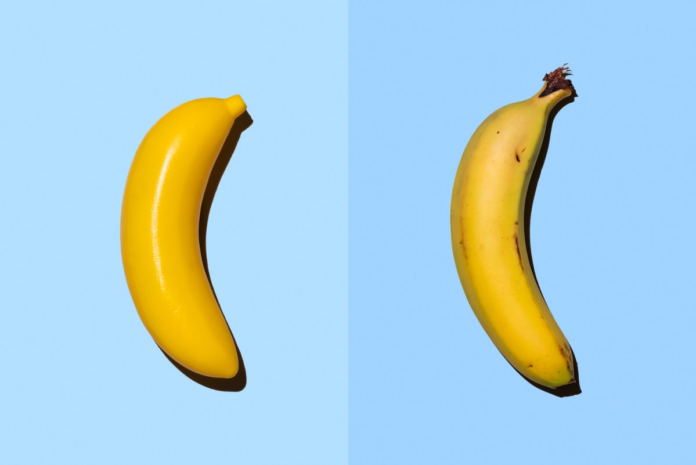Meta’s recent Llama 2 launch demonstrated the explosion in interest in open source large language models (LLMs), and the launch was heralded as being the first open source LLM from Big Tech with a commercial license.
In all the excitement, it’s easy to forget the real cloud of uncertainty over legal issues like IP (intellectual property) ownership and copyright in the generative AI space. Generally, people are jumping in under the assumption that regulatory risk is something that the companies creating LLMs need to worry about.
It’s a dangerous assumption without considering generative AI’s poison pill: derivatives.
Understanding the risks posed by generative AI’s poison pill also gives enterprise technology leaders the tools to manage them.
While “derivative works” have specific legal treatment under copyright law, there are few precedents for laws or regulations addressing data derivatives, which are, thanks to open source LLMs, about to get a lot more prevalent.
When a software program generates output data based on input data, which output data is a derivative of the input data? All of it? Some of it? None of it?
An upstream problem, like a poison pill, spreads contagion down the derivative chain, expanding the scope of any claim as we get closer to real legal challenges over IP in LLMs.
Uncertainty about the legal treatment of data derivatives has been the status quo in software.
Why do LLMs change the game? It’s a perfect storm of three forces:
- Centralization. Not until the advent of LLMs could a single piece of software generate variable outputs that were applicable in endless ways. LLMs produce not just text and images, but also code, audio, video, and pure data. Within a couple of years, long before the case law on IP ownership and copyright around LLMs settles, LLM use will be ubiquitous, increasing exposure if risk were to flow past LLM vendors to LLM users. This applies not just to copyright-related risk, but also to risk related to other possible harms caused by hallucinations, bias, and so on.
- Incentives. Copyright holders have an incentive to argue for the broadest possible definition of LLM derivatives, as it increases the scope over which they can claim damages. Perversely, so do the major platform companies when imposing license restrictions in their total warfare with other platforms. The Llama 2 license is a case in point: section 1.b.v prevents using Llama to “improve” non-Llama LLMs. Fuzzy definitions benefit rights holders and whoever has the biggest legal war chest.
